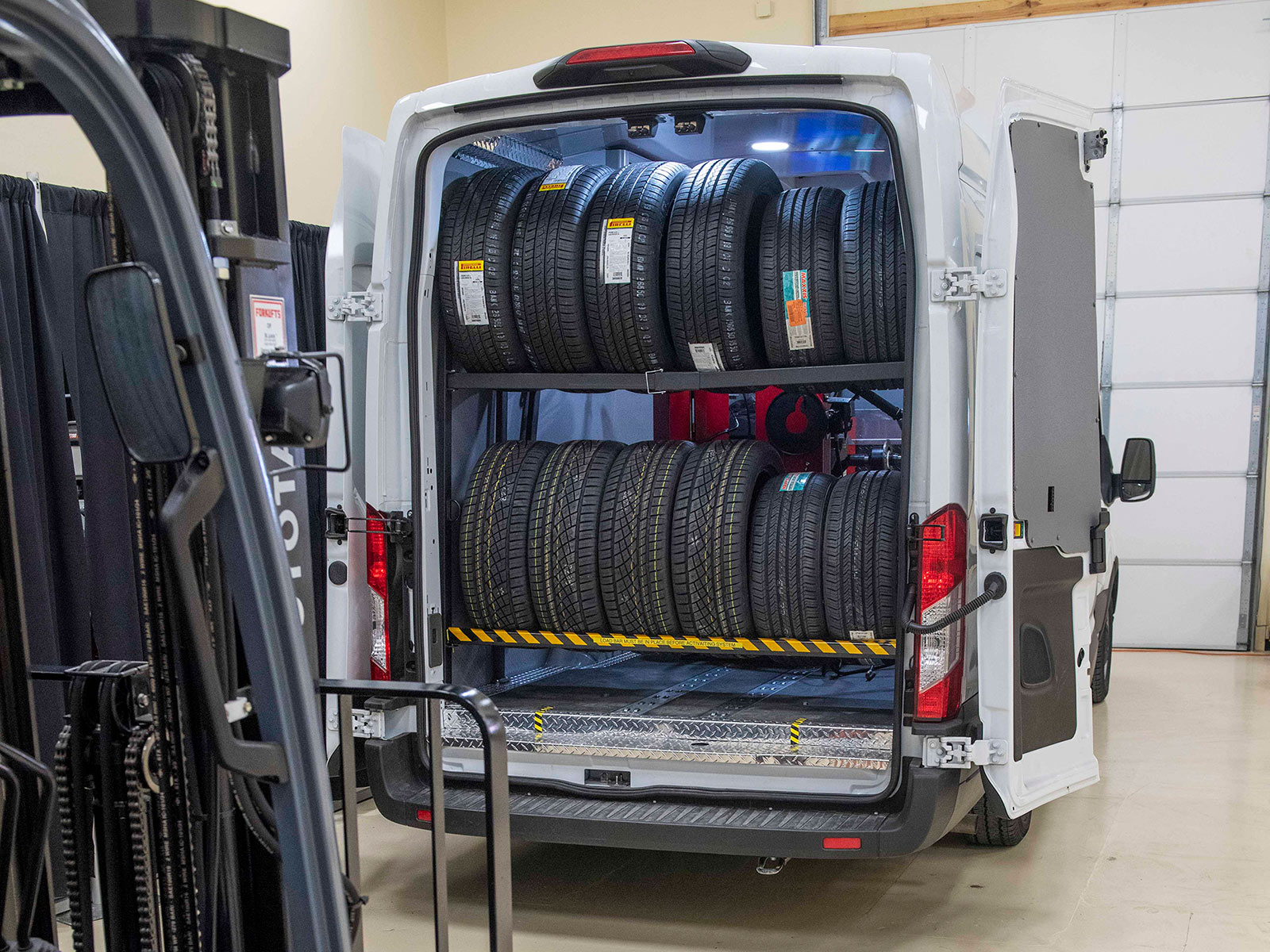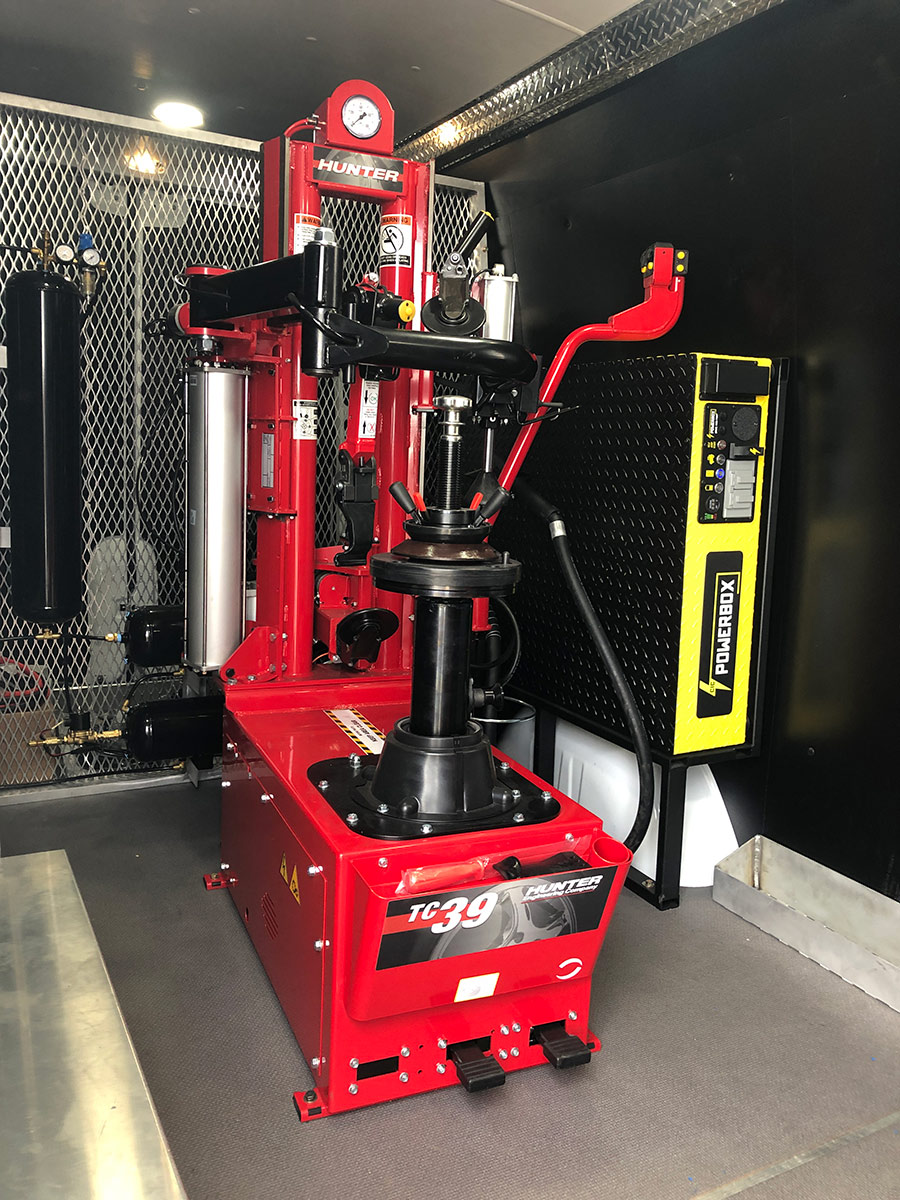Trusted Mobile Tire Service Las Vegas - On-Time Solutions
Trusted Mobile Tire Service Las Vegas - On-Time Solutions
Blog Article
Tire Solution: Proven Methods for Optimum Tire Maintenance and Treatment
Maintaining ideal tire problem is vital for both security and efficiency of any lorry. From making sure proper tire stress to normal rotation and placement, there are proven methods that can significantly prolong the life-span of your tires and enhance general driving experience. As we discover the ins and outs of tire care and upkeep, we will certainly discover necessary guidelines that every automobile owner must follow for the finest feasible results. Let's dive into the globe of tire service and uncover the secrets to keeping your tires in first-class form for the long run.
Value of Tire Stress
Appropriate tire stress is a vital consider making sure optimum lorry efficiency and safety and security when traveling. Keeping the suggested tire pressure degrees offered by the maker offers numerous benefits. Ample tire stress promotes better gas performance, as under-inflated tires can lead to enhanced rolling resistance, causing the engine to work tougher and take in more gas. Proper tire pressure guarantees also walk wear, enhancing tire long life and saving money in the lengthy run by delaying the requirement for premature substitutes. Additionally, effectively pumped up tires add to enhanced handling and braking capacities, crucial for risk-free driving in various roadway conditions. Over-inflated tires, on the various other hand, can result in minimized grip and a harsher experience. Conversely, under-inflated tires are vulnerable to overheating, which can cause blowouts and accidents. Consistently inspecting and readjusting tire stress, particularly in the past long trips, is a simple yet efficient way to boost car efficiency, expand tire lifespan, and prioritize safety when traveling.
Tire Turning Standards
When considering tire turning standards, it is important to understand the importance of this maintenance task in optimizing tire life-span and keeping optimum lorry performance. Tire turning includes changing the position of each tire on a vehicle to ensure also step wear. Front tires often tend to put on extra quickly than back tires as a result of guiding forces, making regular turning critical for balanced wear patterns. The advised turning pattern differs depending on whether a car is front-wheel, rear-wheel, all-wheel, or four-wheel drive. Generally, tires should be revolved every 5,000 to 7,500 miles, or as suggested in the lorry guidebook. Ignoring tire rotation can lead to irregular wear, impacting handling, traction, and possibly compromising automobile safety. By sticking to appropriate rotation standards, chauffeurs can extend the life of their tires, boost fuel efficiency, and boost overall driving experience. Normal rotation is an easy yet effective upkeep practice that adds considerably to tire long life and automobile performance.

Advantages of Wheel Placement
Making sure proper wheel alignment after tire turning is essential for maintaining well balanced wear patterns and optimizing lorry efficiency. Wheel placement refers to the adjustment of the angles of the wheels to the maker's specifications. One of the vital advantages of wheel positioning is boosted steering and dealing with action. When the wheels are effectively straightened, it lowers guiding initiative, ensuring a smoother and much more regulated driving experience. Additionally, right wheel positioning assists to prolong the life expectancy of your tires. Misaligned wheels can trigger unequal tire wear, resulting in early tire replacement and enhanced maintenance prices.

Tire Tread Depth Inspect
Doing a routine inspection of tire step depth is vital for maintaining secure driving conditions and prolonging the life-span of your tires. Uneven step wear can suggest issues with tire placement, pressure, or suspension, highlighting the importance of normal walk deepness checks. By integrating tire step depth checks right into your routine upkeep schedule, you can drive with self-confidence understanding that your tires are in leading condition.
Seasonal Tire Examination
Seasonal tire evaluation is an essential aspect of tire upkeep that makes sure tires are prepared to deal with the obstacles postured by various weather conditions. In prep work for winter months, it is essential to examine the tire stress consistently as cold temperature levels can create tire pressure to drop. By performing routine seasonal tire evaluations, drivers can lengthen tire life expectancy, enhance gas effectiveness, and most importantly, make certain a protected driving experience in varying weather condition conditions.
Verdict
In final thought, maintaining correct tire stress, rotating tires consistently, lining up wheels correctly, keeping track of step depth, and performing seasonal evaluations are important techniques for ideal tire treatment. By complying with these confirmed techniques, drivers can guarantee their tires last longer, do better, and add to total car safety and security. It is necessary to prioritize tire upkeep to prevent mishaps, improve fuel performance, and prolong the life expectancy of tires.
Adequate tire stress advertises better fuel effectiveness, as under-inflated tires can lead to increased rolling resistance, triggering the engine to function harder and take in even more gas.When considering tire rotation standards, it is essential to understand the value of this upkeep job in making best Web Site use of tire lifespan and preserving optimal automobile performance. Seasonal tire evaluation is a basic aspect of tire maintenance that ensures tires are prepared to encounter the obstacles posed by look at this now different weather problems. By performing regular seasonal tire examinations, drivers can prolong tire lifespan, enhance fuel efficiency, and most notably, ensure a secure driving experience in varying climate problems.
In verdict, keeping appropriate tire pressure, turning tires consistently, straightening wheels properly, checking tread depth, and carrying out seasonal evaluations are vital practices for optimal tire treatment.
Report this page